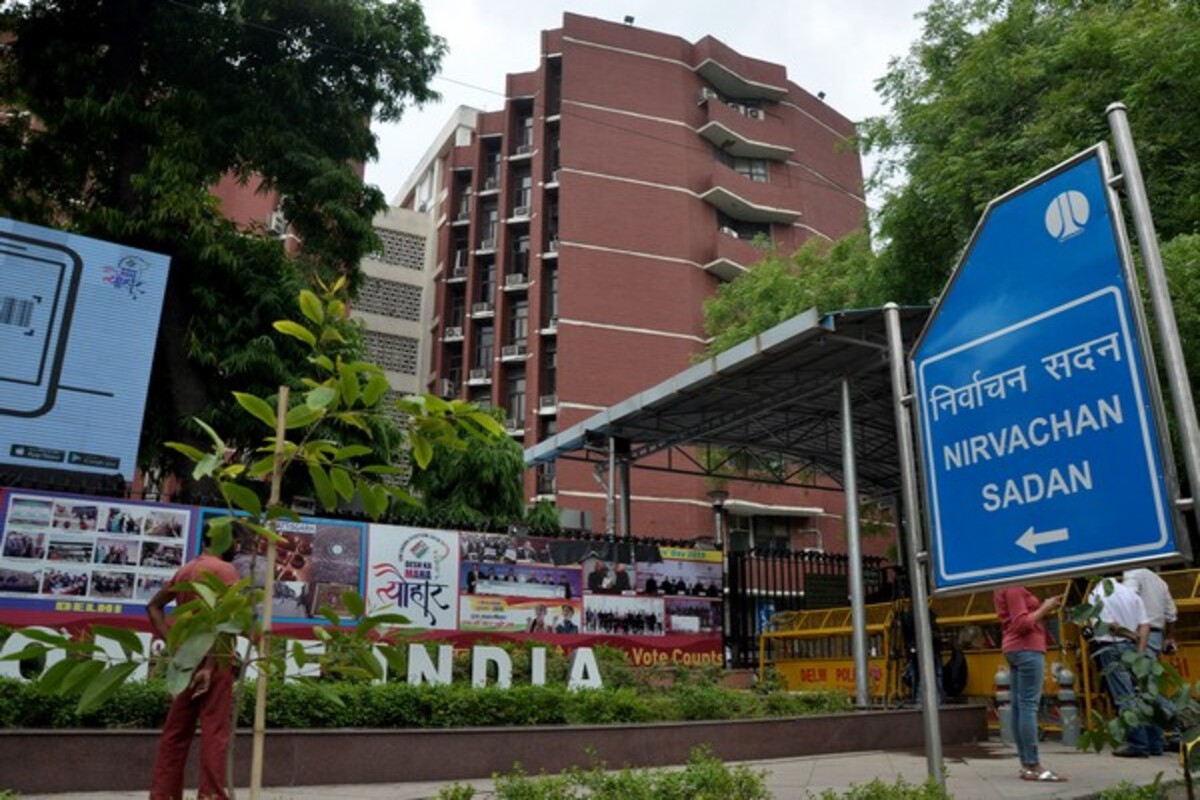The Election Commission of India on Tuesday claimed that its thrust on “inducement-free” polls has led to record seizures in poll-bound Karnataka, marking a significant 4.5 times increase as compared to the Assembly Election in the state in 2018.
Strict vigil, extensive monitoring, coordination with neighbouring states and inter-agency coordination have led to a check on the flow and distribution of inducements in Karnataka this time.
Advertisement
During a visit to Karnataka in the second week of March, the Commission exhaustively reviewed the preparations which included extensive reviews and preparations of coordinated functioning of enforcement agencies, both Central and State.
The Commission also had detailed reviews of district heads and SPs of the above poll-going states. While announcing the schedule for the Karnataka Assembly elections, Chief Election Commissioner Rajiv Kumar stressed the increased vigil and zero tolerance on the distribution of inducements during the electoral process. He remarked that the Commission has significantly raised the bar for ensuring inducement-free elections and the continuum of stepping up of efforts and increase in seizures witnessed during recently held Assembly Elections in five States, would continue.
”As a drive, the results are encouraging with Karnataka witnessing seizures of Rs. 375.61 crore during enforcement of the Model Code of Conduct (MCC) period which is nearly 4.5 times the seizures made in the Assembly Elections in 2018. Additionally, from the date of the visit of the Commission in the second week of March till the date of the announcement of elections, seizures of Rs. 83.78 crores were also made by various enforcement agencies. The Enforcement Directorate has also attached assets amounting to Rs. 288 crores after the imposition of MCC,” an official press note said.
The extensive monitoring process started months back before the announcement of elections and includes a host of activities like a thorough review of the preparation of different stakeholders including enforcement agencies, DEOs/SPs, the appointment of experienced officers as Expenditure Observers, sensitizing and inter-agency coordination & monitoring and adequate availability of field level teams. A total of 146 Expenditure Observers were deployed and 81 Assembly Constituencies were marked as Expenditure Sensitive Constituencies for stricter vigil.











